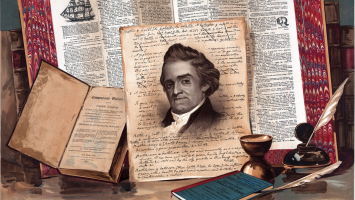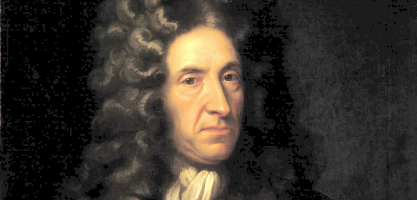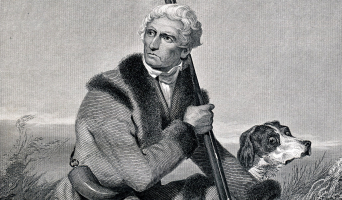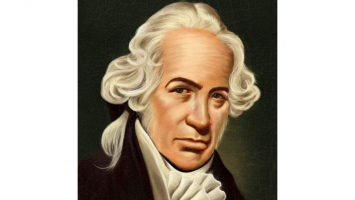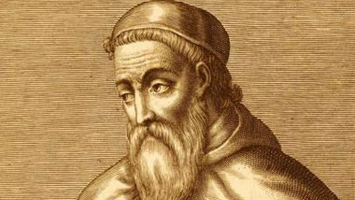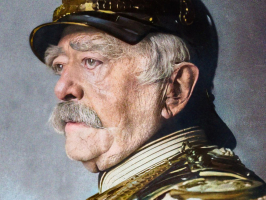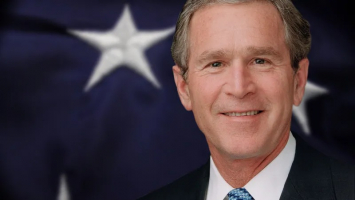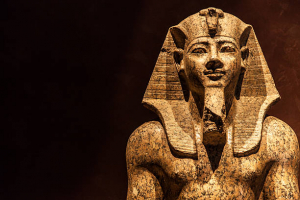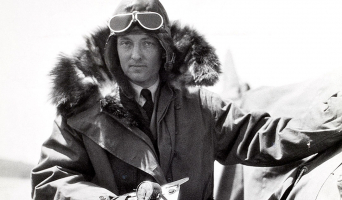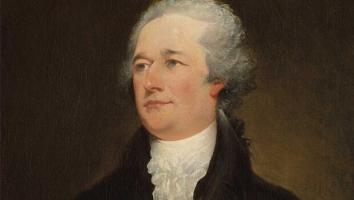Top 7 Facts about Daniel Webster
Daniel Webster, an American lawyer and statesman who represented Massachusetts and New Hampshire in the U.S. Congress and served as Secretary of State under ... read more...Presidents William Henry Harrison, John Tyler, and Millard Fillmore, was born on January 18, 1782, and died on October 24, 1852. Between 1814 and the time of his death in 1852, Webster, one of the most well-known American lawyers of the 19th century. He belonged to the Federalist Party, the National Republican Party, and the Whig Party throughout his life. Below are some facts about Daniel Webster which help you know more about him.
-
The United States had suffered multiple defeats in the War of 1812 by the time he initially entered the House of Representatives in May 1813. However, Madison's Democratic-Republican Party dominated the Thirteenth Congress, holding over two-thirds of the Senate's seats and over three-fifths of the House of Representatives members. Webster persisted in criticizing the conflict and railed against attempts to impose conscription, wartime levies, and a fresh trade embargo. By the end of the Thirteenth Congress, he had established himself as a reputable speaker on the House floor after being assigned to a steering committee that coordinated Federalist efforts in the House of Representatives. When word of the Treaty of Ghent's signing reached the United States in the early months of 1815, the war was over.
Webster agreed to stand for the United States House of Representatives in 1822 at the urging of Federalist leaders and Boston's economic elite. In December 1823, he was re-elected to Congress after winning the election. Speaker of the House Henry Clay gave him the position of chairman of the House Judiciary Committee in appreciation of his expertise in legal matters. In that capacity, he attempted to get a bill through the House that would have spared Supreme Court justices the inconvenience of traveling to remote western districts. Sadly, this bill didn't obtain a single vote when it was introduced in the parliament.
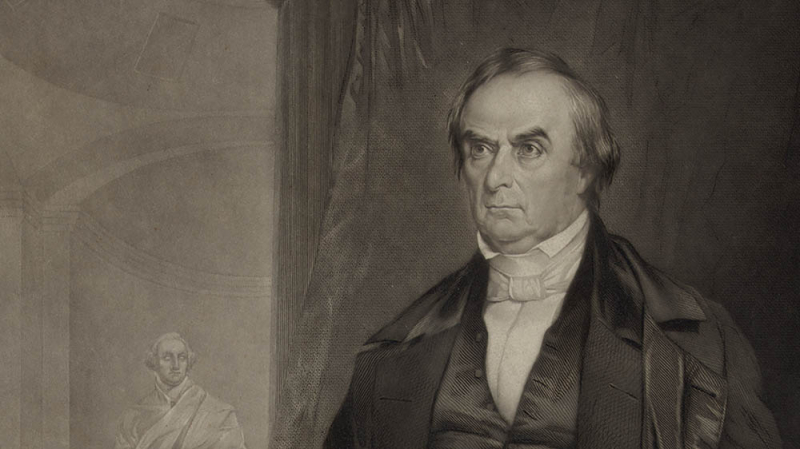
Photo: Maplewood Nursing Home 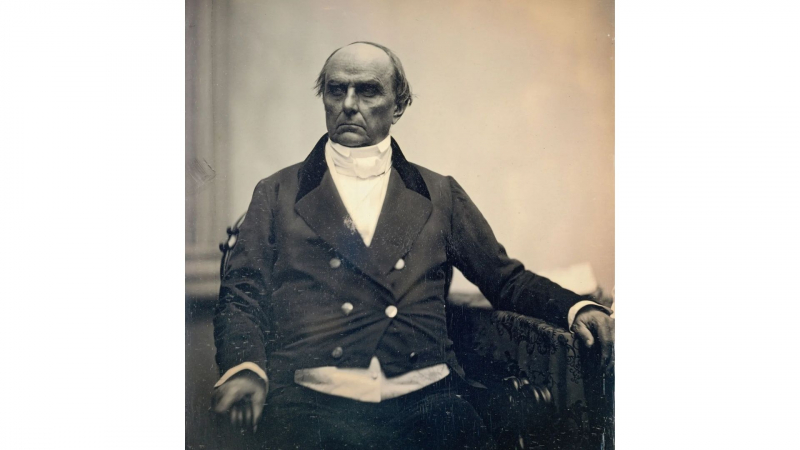
Photo: Ecyclopedia Britannica -
Another fact about Daniel Webster is that he was elected to the Senate under the administrations of four different US Presidents. He was chosen by the Massachusetts legislature to serve in the US Senate in 1827. He originally resisted leaving the House of Representatives because he had built up seniority and a substantial basis of authority there, but he eventually agreed to be elected to the Senate. After giving it some thought, he decided to support the Tariff of 1828, which increased tariff rates. He collaborated with Clay to establish the National Republican Party across the nation before the 1828 presidential election. In the West, Clay helped the party gain popularity, but in the Northeastern states, he became a prominent National Republican. Democrat Andrew Jackson easily defeated President Adams in the 1828 election, despite his and Clay's best efforts.
His second tenure as a senator ran from 1829 until 1837, during President Jackson's term in office. While Van Buren was president from 1837 to 1841, he won his third election to the Upper House at that time. From 1845 until 1849, during Polk's presidency, he was elected senator a total of four times. This time, he intended to leave public service, but he agreed to run in the 1845 Senate elections after receiving an invitation.
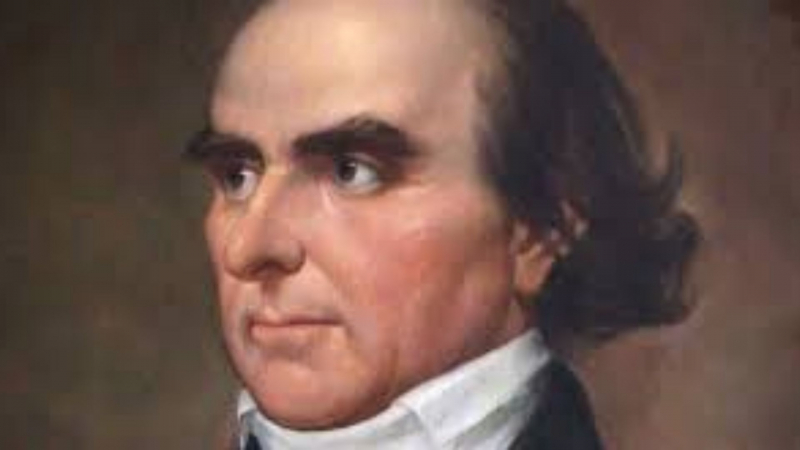
Photo: Politico 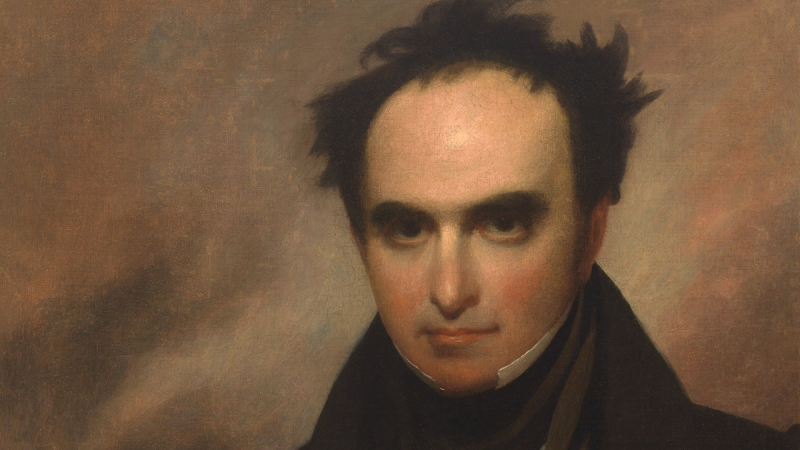
Photo: History -
He continued to practice law while being elected to the US House and won his first case in 1814 when he successfully argued before the US Supreme Court. As a result of his representation in a number of significant Supreme Court decisions, he rose to national recognition. He had long been well-liked in New Hampshire since his time in Boscawen and was known for his work in the House of Representatives. He appeared before the Supreme Court in the vast majority of its sessions between 1814 and 1852, arguing at least one case. He was counsel in 223 cases, winning about half of them. Outside the Supreme Court disputes, he also represented a large number of clients, including well-known figures like George Crowninshield, Francis Cabot Lowell, and John Jacob Astor.
Even though Democratic-Republicans controlled Congress, Chief Justice John Marshall made sure that the Federalist viewpoint remained prevalent in the courts. Webster quickly developed the ability to persuasively argue his points to Marshall and Joseph Story, another significant Supreme Court justice. Eight of the most well-known constitutional cases decided by the Court between 1814 and 1824 included him significantly. The Supreme Court made rulings in several of them, especially in the cases of Gibbons v. Ogden (1824) and Dartmouth College v. Woodward (1819), which heavily relied on his arguments. Due to his string of victories in Supreme Court battles, he gained the moniker "Great Expounder and Defender of the Constitution" from many. After Marshall's passing in 1835, he would continue to present cases before the Supreme Court, but he typically discovered that the Taney Court was less sympathetic to his views.
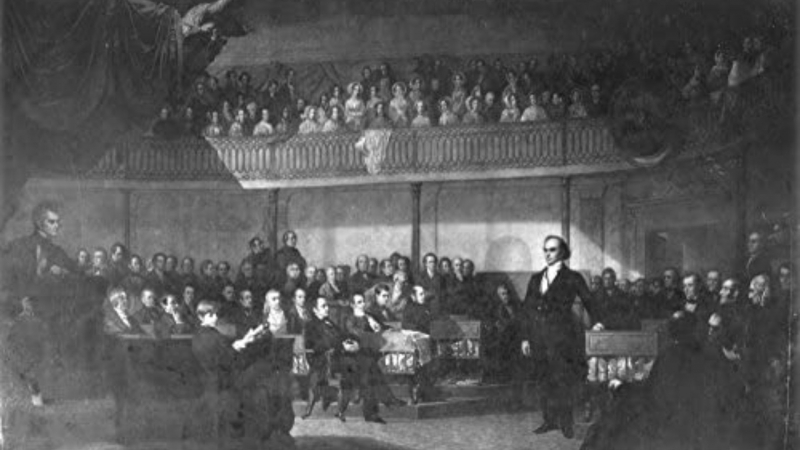
Photo: amazon.sa 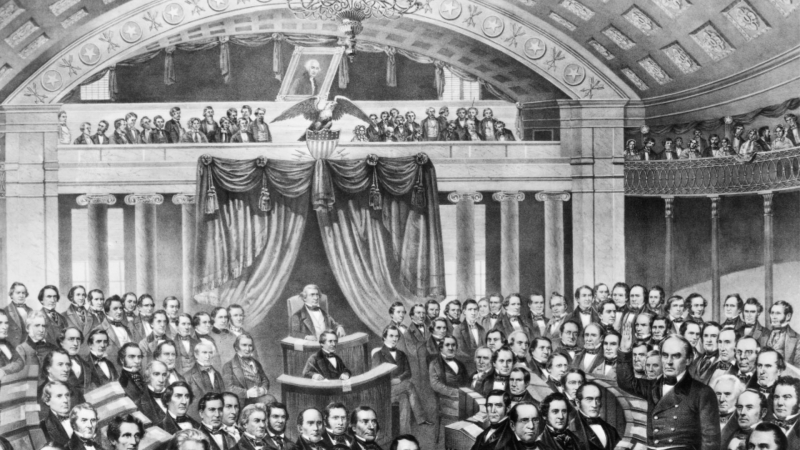
Photo: Walmart -
In order to make presidential selections, Harrison sought out Webster and Clay's advice extensively, and the two Whig leaders fought to appoint their followers and allies to important offices. Harrison initially hoped that Webster would lead Harrison's economic program as secretary of the treasury, but Webster was appointed secretary of state instead, giving Harrison control over international policy. John Tyler succeeded Harrison when he passed away from illness just one month after assuming office. Despite having quite different ideologies (Tyler was a supporter of states' rights) and personalities, Tyler and Webster initially had a good working relationship because they both viewed Clay as a potential opponent for leadership in the Whig Party. They both established a close working relationship and concentrated on creating the framework for an aggressive US foreign policy.
Webster also worked for President Millard Fillmore as the nation's foreign secretary. When Tylor passed away, Fillmore took over as US President. Shortly after taking office, he disbanded Tylor's cabinet and named Webster as his secretary of state. For advice on choosing the remaining members of his cabinet, Fillmore turned to Webster. This is also the fourth fact about Daniel Webster we want to mention.
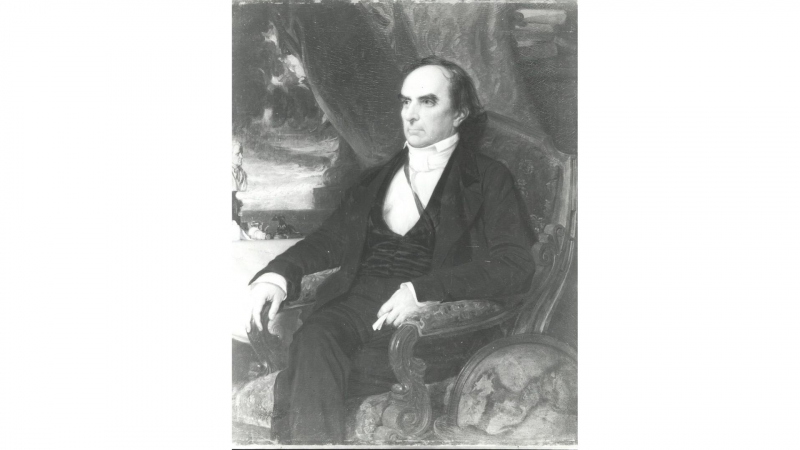
Photo: Flickr 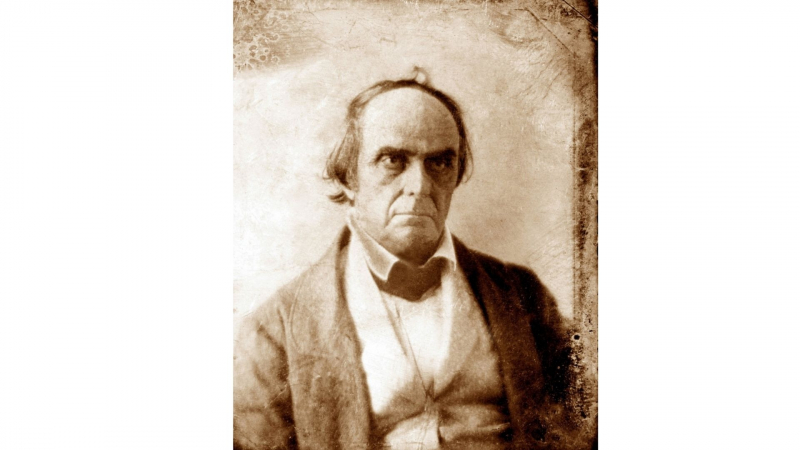
Photo: Posterazzi -
Grace Fletcher, a schoolteacher and the daughter of a New Hampshire minister, was wed to Webster in 1808. Daniel and Grace had five children between 1810 and 1822: Grace, Daniel "Fletcher," Julia, Edward, and Charles. Charles and Grace passed away before becoming adults. Grace Webster passed away in January 1828 from a malignant tumor, and Webster also lost his brother Ezekiel in April 1829.
Webster wed Caroline LeRoy, a 32-year-old merchant's daughter from New York, in December 1829. She survived until 1882, and they were still wed when Webster passed away. She and Webster have two kids together: a son named Noah Webster and a daughter named Grace. A painter named Sarah Goodridge was claimed to have been Webster's close friend after the passing of his first wife, Grace. It's said that Webster used to hang out with Sarah, who served as his mistress.Webster was frequently the target of stories in Washington after the passing of his first wife surrounding his alleged promiscuity.
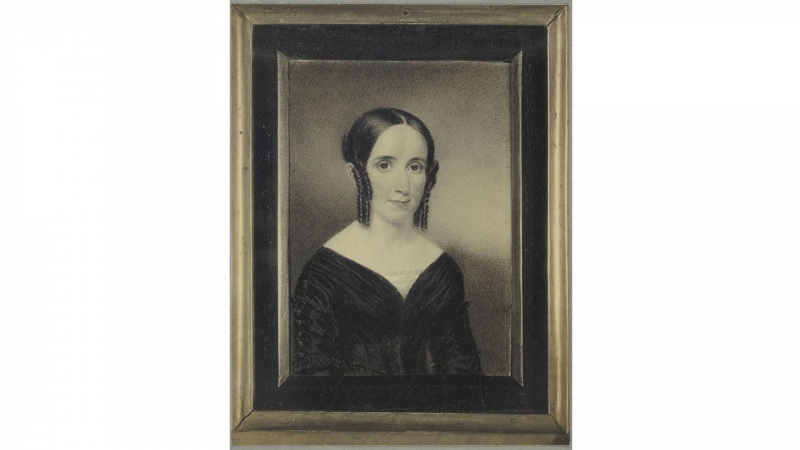
Caroline LeRoy (Photo: Wikipedia) 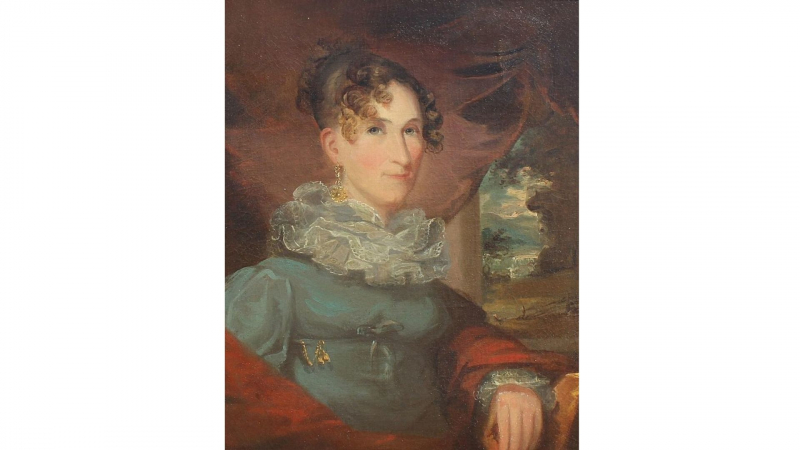
Grace Fletcher (Photo: Wikidata) -
Next up in the list of facts about Daniel Webster is that he was an Orthodox Christian. Concerning his religion, several viewpoints have been expressed. He is regarded as belonging to the Unitarian Universalist Church, which cites Unitarianism in America as early as 1902. Daniel Webster is described as an admitted orthodox Trinitarian who was christened and raised in an Orthodox Congregational Church and who passed away as a member of the Episcopal Church in The American Statesman: The Life and Character of Daniel Webster, an 1856 biography.
Remini claims that despite Webster's infrequent attendance at other churches, he maintained a strong connection to the Congregational church throughout his life. Remini has provided evidence for his assertion in the form of a letter that Webster addressed to the pastor of a congregational church. Webster stated, "I believe in the absolute helplessness of any human being to work out his own Salvation, without the constant help of the spirit of all grace…Although I have great respect for some other forms of worship, I believe the Congregational mode, on the whole, to be preferable to any other." in a letter to a Congregational pastor from 1807.
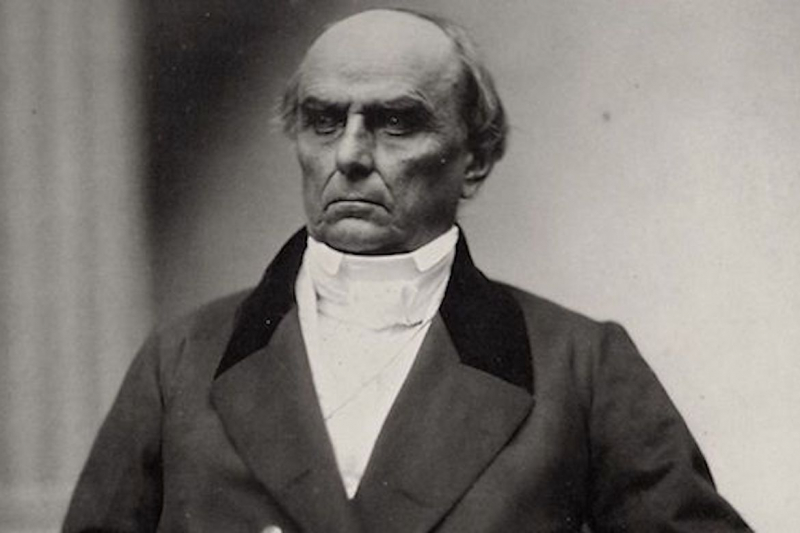
Photo: The Pappas Post 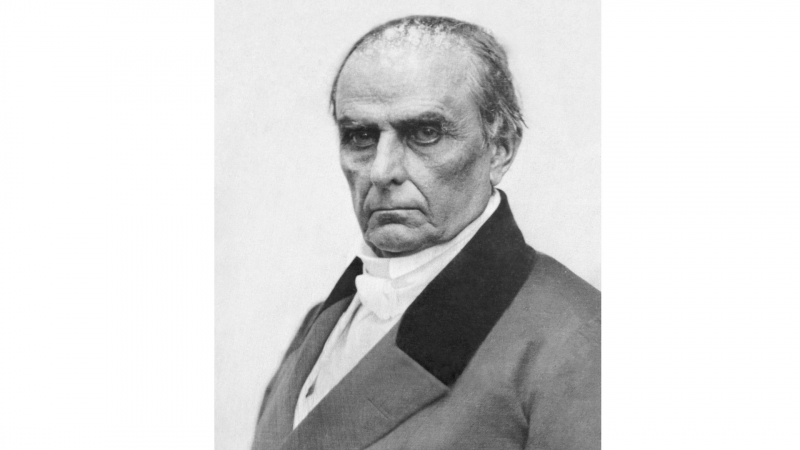
Photo: GameSpot -
Early in 1852, Webster experienced liver problems that made it challenging for him to carry out his duties as secretary of state. He relocated to his Marshfield home, but his health continued to deteriorate, and on October 24, 1852, he passed away. Webster reportedly said, "I am still alive," as his final words.
An interesting Daniel Webster fact is that the US government named a roadway in New Hampshire after this guy as the Daniel Webster Highway in his honor. In honor of him, the US Postal Service released a number of commemorative postal stamps. In the year 1870, the postal service released the first stamp. More than any previous US President, he has appeared on 14 different postal stamps.
There is a statue of Webster in the National Statuary Hall Collection, and there is also a large statue in Central Park. Towns were named in honor of this statesman in a number of states, including New York, Michigan, Massachusetts, New Hampshire, and others.
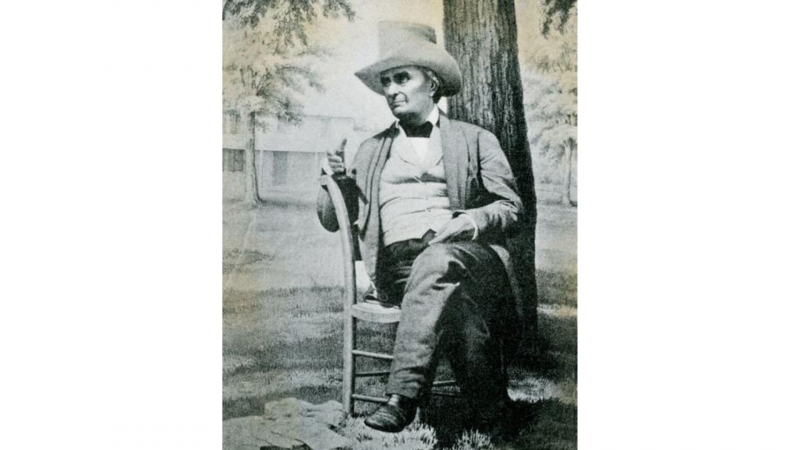
Photo: alamy 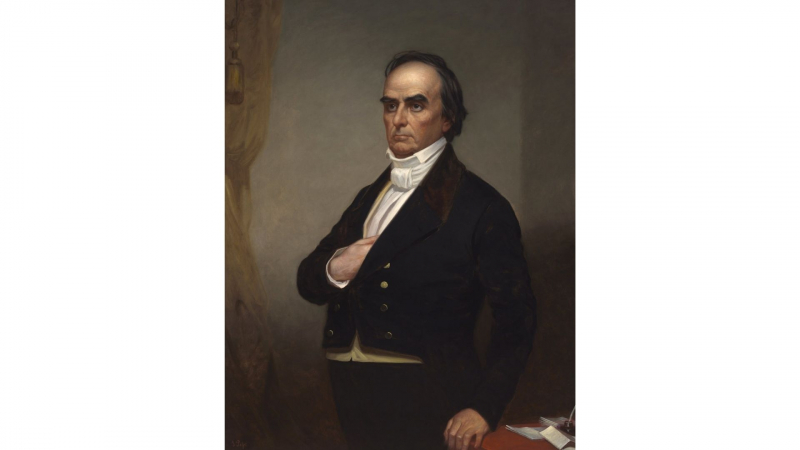
Photo: Flickr









